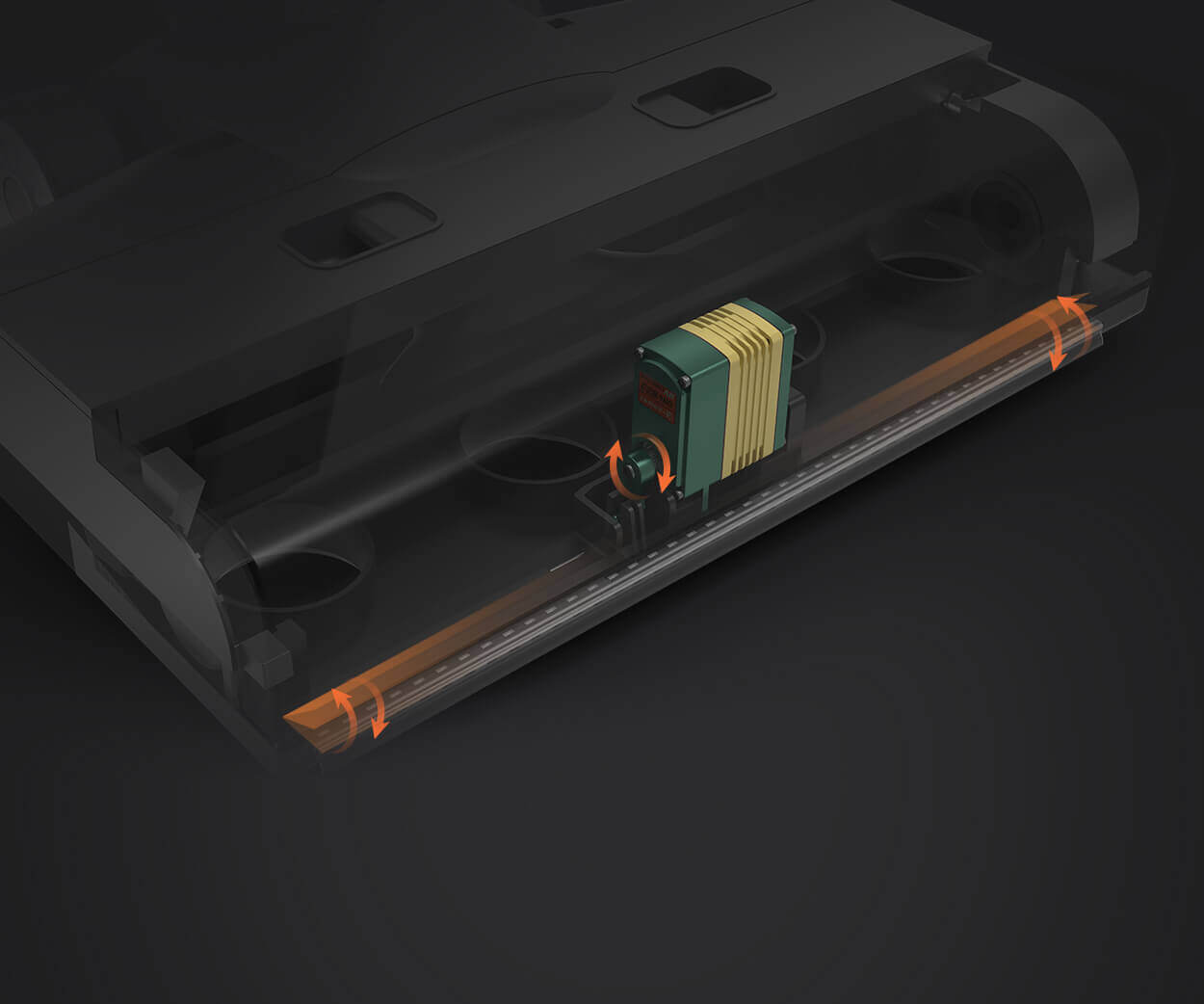Embarking on a journey into automation and robotics often begins with a fundamental question: how do I select the right servo motor? With myriad options available and technical specifications that can seem overwhelming, making an informed choice might feel like navigating a complex maze. But fear not—understanding the core principles and critical parameters can demystify this process, guiding you toward a motor that perfectly fits your application's demands.

Understanding What a Servo Motor Is
Before delving into the selection process, let’s clarify what a servo motor actually is. Unlike standard motors, servo motors are designed to provide precise control of angular or linear position, velocity, and acceleration. They’re equipped with feedback mechanisms—typically encoders or resolvers—that constantly monitor the motor’s position and enable real-time adjustments. This closed-loop control allows servo motors to execute highly accurate movements, making them indispensable in robotics, CNC machinery, camera systems, and more.
Identify Your Application’s Requirements
The first step is to comprehensively understand what your application demands. Ask yourself:
Precision: How accurate does the positioning need to be? Are you dealing with millimeter-level tolerances or just general movement? Speed: What’s the required speed of operation? Are high-speed rotations essential, or slow, controlled movements suffice? Torque: What is the load? Is it a lightweight arm or a heavy-duty conveyor belt? Knowing the torque requirements is vital. Inertia: How heavy are the moving parts? High inertia demands a motor capable of overcoming greater resistance. Environment: Will the motor operate in harsh conditions—such as extreme temperatures, dust, or moisture? This influences material and sealing choices. Duty Cycle: How often and how long will the motor run? Continuous operation versus intermittent use impacts durability considerations.
Pinpointing these parameters early will streamline your selection process, save costs, and help prevent system failures down the line.
Types of Servo Motors
Servo motors come in various types, primarily categorized into AC and DC variants, with subcategories like brushless DC (BLDC), brushed DC, and AC synchronous motors. Each has unique advantages suited to different applications.
Brushless DC (BLDC) Motors: Known for high efficiency, reliability, and low maintenance. They excel in high-precision applications. Brushed DC Motors: Simpler and less expensive but require more maintenance due to brushes and commutators. AC Synchronous Motors: Often used in large-scale industrial applications, providing robust performance with AC power sources.
Choosing between these depends on your application's size, cost constraints, power supply availability, and maintenance preferences.
Matching Motor Power and Torque
Power, torque, and speed are intertwined. To select an appropriate servo motor, understand their relationships:
Power (W) = Torque (Nm) × Angular Velocity (rad/sec) For instance, high-torque applications require motors capable of delivering significant torque without overheating. The motor’s torque rating should be at least equal to or greater than the maximum load torque expected during operation. Adding a safety margin—typically 20-30%—is common practice.
Speed and Resolution Considerations
When precision is paramount, the resolution of the feedback device (encoder or resolver) becomes critical:
Resolution: The smallest movement the system can detect. Higher resolution means better accuracy. Speed Range: Ensure the motor can reach the maximum required speed while maintaining torque and positional accuracy.
Some applications prioritize high speed, others high precision, and many require both—making it essential to find a balance based on your project’s specifications.
Control Compatibility and Integration
Your choice isn’t solely about the motor itself; compatibility with controllers and drivers plays a vital role:
Match the servo motor’s voltage and current specifications with your control system. Ensure your drive electronics support the feedback signals and communication protocols used by the motor. Consider the software or firmware capabilities, especially if you need advanced features like programmable motion profiles or real-time diagnostics.
Budget and Cost Considerations
While it might be tempting to pick the most powerful or high-precision model, budget constraints often influence the decision. Balance performance features with cost, keeping in mind that investing in higher-quality motors can reduce maintenance and downtime, leading to better overall value.
Conclusion of Part 1
Selecting a servo motor is a strategic process that hinges on understanding your application's specific requirements—be it precision, speed, torque, or environmental conditions—and matching those needs with the right motor type and specifications. Before venturing into technical datasheets, define clear operational parameters and consider future scalability. In the next part, we’ll explore detailed selection guidelines, common pitfalls, and expert tips to help you confidently choose the perfect servo motor for your project.
Established in 2005, Kpower has been dedicated to a professional compact motion unit manufacturer, headquartered in Dongguan, Guangdong Province, China.




































